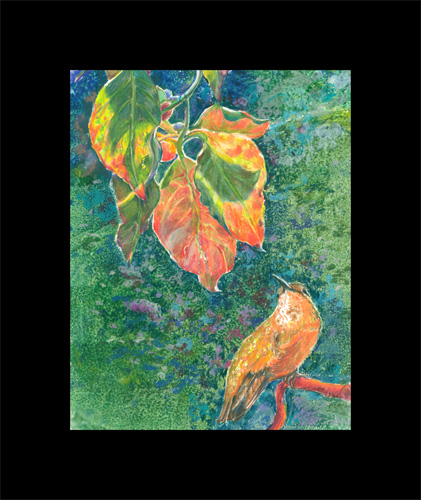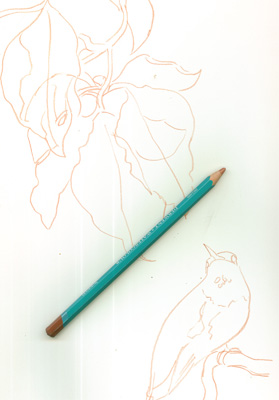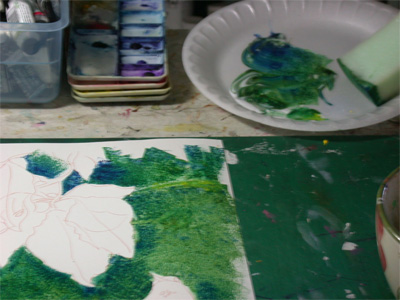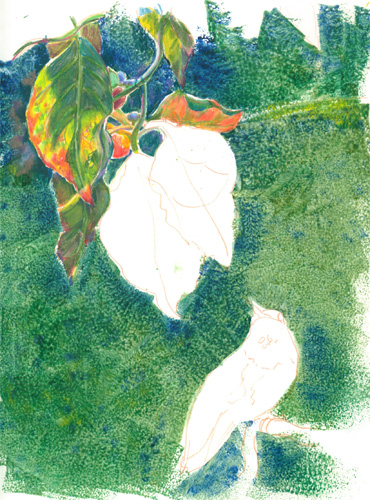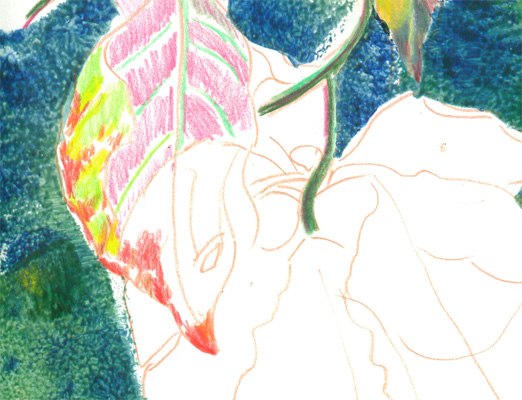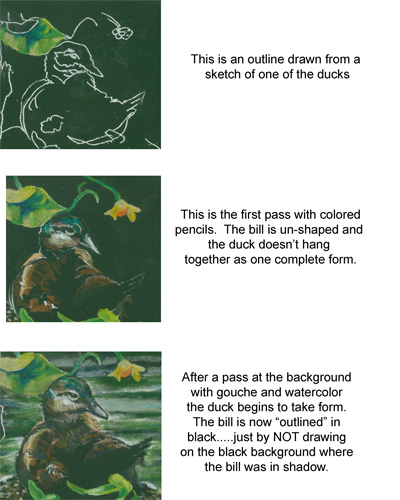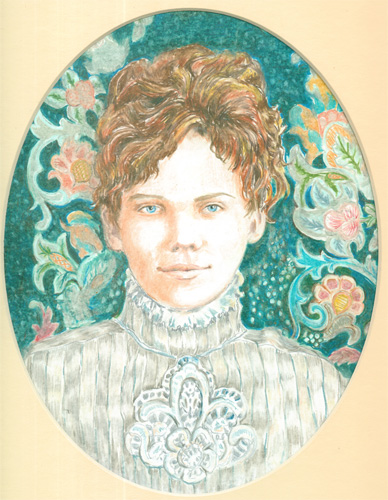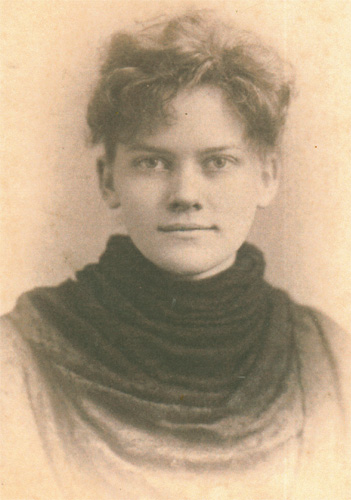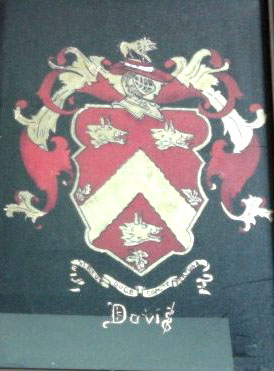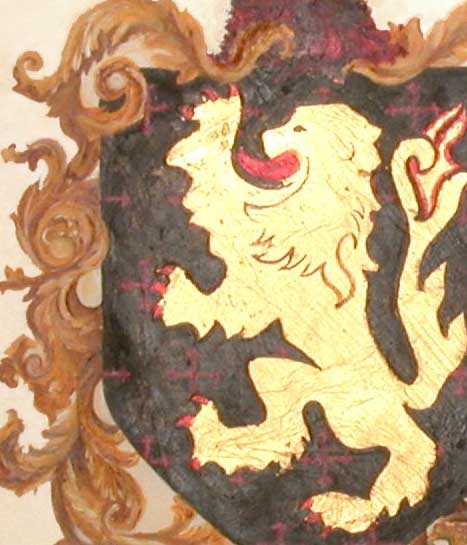I
recently finished this 8 x 10 inch mixed media portrait of Ruffy, a
female rufus hummingbird that stayed with us from October thru the
morning of December 31 1 2011. She was supposed to have flown to
Mexico in the fall but showed up at our feeder on a bluff and
blustery October day. She stayed with us through out the fall and
early winter, up to December 31 very early in the morning. Which it
turns out was just long enough to be counted in the Christmas Bird
count that Frank was involved in that winter. She definitely earned
her daily hummingbird sugar water!
Frank
had taken loads of wonderful photos of Ruffy, and I just had to use
one for a “mostly” colored pencil piece.
I
started off doing a sketch of Ruffy which I combined with a sketch of
my photo of some fall leaves backlit with morning sun. I sketched on
bristol board with a light colored watercolor pencil.....so's I could
erase the lines later with just a bit of water.
After
that I decided I wanted the background to be pretty dark, to
highlight the sunlight coming thru the leaves. I made a couple of
paper “masks” of the shape of the leaves and of Ruffy, and sponge
painted over the rest of the uncovered background with a bit of
acrylic paints mixed with a lot of glazing medium. This covered the
background quickly, with a surface I could still draw on with Prisma
color (wax based) pencils.
The
drawings of Ruffy and the backlit leaves are left pure white Bristol
board to keep them the brightest part of the drawing. The outlines I
“erased” with dabs of water as I got to them.
I
started filling in the lovely colours of the backlit leaves and the
form of Ruffy, with Prisma color pencils in multiple layers.
After
the leaves and Ruffy were finally finished I went on to add
“splashes” of colored pencils in the background. I especially
wanted to darken (and make bluer) the areas around the golden leaves
and orange tinged Ruffy, to provide color contrasts. I also added a
lot more color bursts of muted colors in the background to subtly
“activate” the background, but keep it “in the background.”
As a
final grace note, on advice from Frank, I added a
touch....literally.....of gold leaf to the Rufus hummingbird's
gorget. The gold leaf is no bigger than the width of a colored
pencil lead, but it catches the light just a little bit.....so very
much like the reflective feathers on the hummingbird's throat. We
were graced with watching (and watching out for) Ruffy for nearly 3
months.....and we learned so much, and enjoyed her stay greatly.

